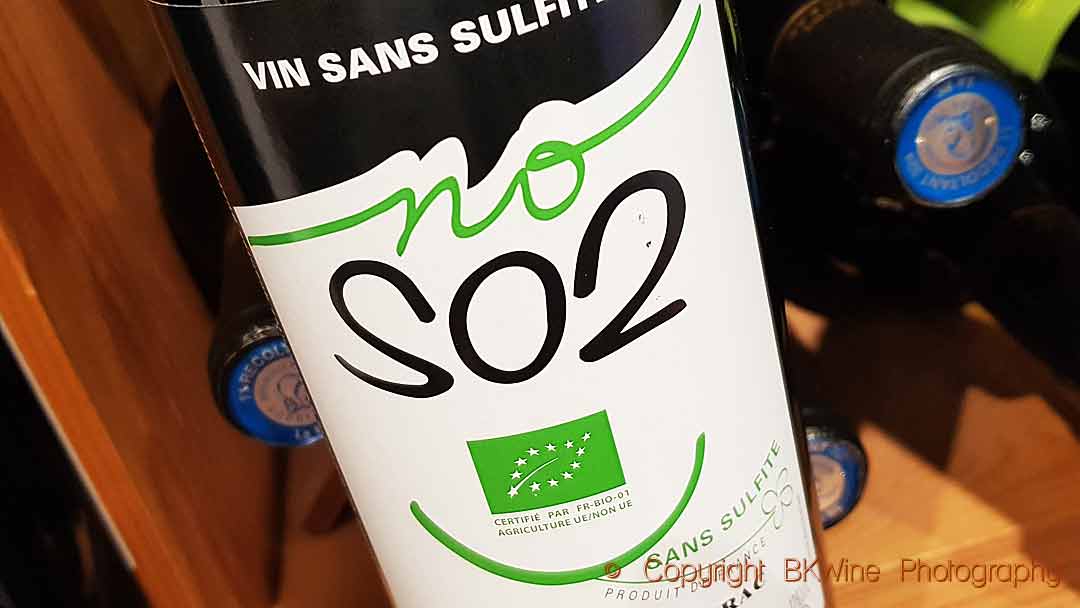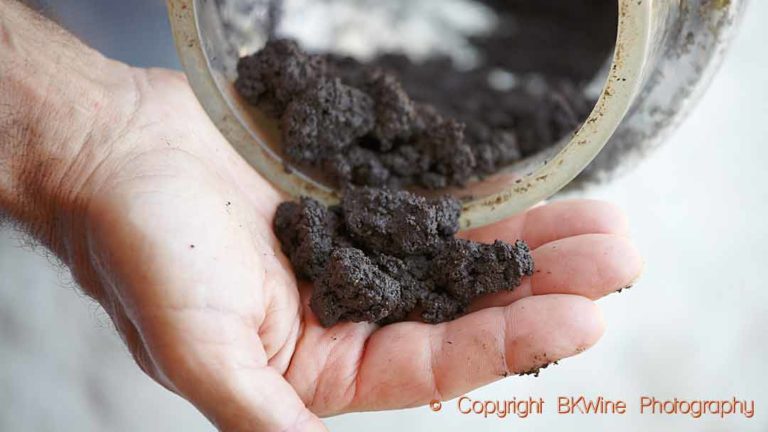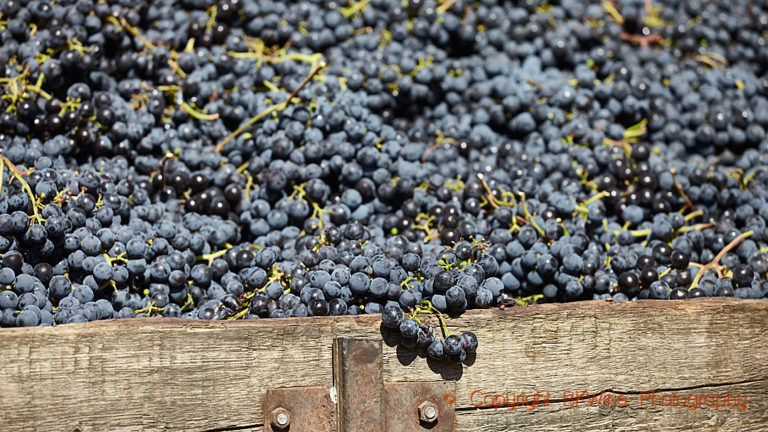Mousiness, or a mousy wine, is a relatively “new” wine fault. Going back a decade or a bit more, it was rarely talked about. Maybe it didn’t even exist. Today, it is more common, partly because of new wine-making practices – using little or no sulphur – and, no doubt, also thanks to tasters paying more attention. But it is a wine fault that is sometimes hard to detect, and not everyone is sensitive to it. So, let’s take a look at what it is.
As with many other wine faults, it is quite hard to describe mousiness, and not everyone would describe it in the same way. But we can all agree that it is at least slightly unpleasant and extraneous for wine.
Mousy character
A mousy wine can be described in different ways:
- maize (corn, for the Americans),
- pop-corn,
- basmati rice,
- tortillas, and, of course,
- mouse (but I must admit I don’t know how a mouse smells)
Different kinds of off-tastes. Not really unpleasant in themselves but not something that one would want to find in the wine. It is often hard to detect on the nose, by smelling the wine.
This is a longer version of an article published on Forbes.com.
The molecules responsible for mousiness are not very volatile in the acidic environment (low pH) that is wine. But when you take a sip of the wine, the acidity changes. The pH level in your mouth is substantially higher, so when you put the wine in your mouth, the molecules become more volatile, and you can then experience the “taste” or, rather, smell. What makes it even more complicated is that the mouth’s pH varies from person to person, so it is a fault that is more easily detected by some, and even worse, one’s own mouth pH varies during the day.
In other words, it is a fault that is usually undetectable by smelling the wine. You only notice it when you put the wine in your mouth.
In many cases, when you are presented by the wine waiter (sommelier, or somm as apparently now is the in thing to say) with a wine at a restaurant to taste before serving to the table, it is enough to smell the wine. There is actually no reason to taste the wine to detect TCA (“corked” wine) or most other wine faults. They are obvious on the nose. But this is not the case with mouse. So, yes, there is a reason to take a sip of the wine when verifying that it is okay and giving it the thumbs up.
An added complication is that some people are not at all sensitive to it and cannot detect it (which, by the way, is the case with some other wine faults, too).
I have been to a couple of tastings where wines have been prepared to present the mousiness flaw (together with wines that were prepared to present other faults). It was never easy to say for certain that the wine was defective nor exactly pinpoint what the fault was. Sometimes, it was no more than a feeling that “this seems not quite right”. If we had more mice where we live, perhaps it would have been easier…
What gives the mousy character?
Pyridine is a group of compounds that is believed to cause mousiness. According to Encyclopaedia Britannica, it is “a class of organic compounds of the aromatic heterocyclic series characterised by a six-membered ring structure composed of five carbon atoms and one nitrogen atom. The simplest member of the pyridine family is pyridine itself, a compound with molecular formula C5H5N.” The compounds are even used as an additive to industrial spirit (alcohol) to denature it and make it undrinkable (using much higher concentrations).
Note: I don’t have any picture of a mouse, so the wine on the picture above is the closest I could get. It is a French wine with – as often is the case in France – a pun on the label. The word play may also be there to circumvent the appellation regulations. “Six rats noir” means “six black rats” but read out loud it sounds like “syrah noir”, the grape variety. Presumably, it was a way of telling the consumer that it is a wine made from syrah, although that is (was) not allowed by the appellation regulations. Perhaps. In any case, it is an excellent wine made by Domaine le Conte des Floris and certainly not an illustration of mousiness in a wine.
What makes a wine mousy?
Mousiness is a wine fault that is still very poorly understood. Wine scientists are only beginning to understand what causes it and how it can be controlled. What seems to be clear is that its presence in wine can be due to specific yeast or bacteria being present in the wine. There are three main culprits, according to a recent study at the University of Bordeaux:
- Brettanomyces, the “wild” yeast that can sometimes cause its own wine fault, “brett” (barnyard type of smell)
- Lactobacillus hilgardii and Oenococcus oeni, two bacteria that can do the malolactic “fermentation” (more correctly, bacterial conversion) of malic acid to lactic acid in wine, done in most reds and some whites
The lactobacteria seem to be a more frequent cause than Brettanomyces. Some studies indicate that it may depend on when and how the “malo” is done.
But the pyridines can also come from other inorganic chemical processes, in particular, the Maillard reaction.
It is a wine fault that often appears together with other problems, such as volatile phenols and excessive lactic acid.
There is still much research work to do in the labs and wineries to understand mousiness fully.
Sulphur and acidity play an essential role
Research suggests that very low sulphur levels increase the risk of getting a mousy wine. Thus, the current trend with low-sulphur wines and even no-sulphur wines (the natural wine trend, not least) has substantially increased the risk of getting mousiness. A study by the Institut Rhodanien research centre concluded that between half and two-thirds of the wines made without added SO2 (sulphite, sulphur dioxide, or simply “sulphur”) in their study showed traces of mousiness. Other research cites much lower percentages (20-25% in one study), but there seems to be a general agreement that very low sulphur levels are a critical factor.
The other factor is the acidity in the wine. Today, grapes are harvested later and riper, not least due to changing consumer preferences, which leads to lower levels of acidity and, thus, a higher risk of getting a mousy wine (of course, made worse by climate change).
Researchers think both these factors have contributed to making mousiness a much more common problem today than a few decades ago.
Is there a cure for a mousy wine?
As far as I know, there are no easy answers for the winemaker other than to be careful and monitor acidity levels, maybe adjust them, and work with appropriate levels of sulphur. I know of no “fix” to remove it if it happens.
If you get it in a bottle, there’s not really much you can do. If it is just a whiff, maybe it does not matter. What some consider fault in a wine, some others do not se as a problem or may even consider it as giving an added complexity. This is particularly common for wines that have (a little) brett, volatile acidity (VA) or oxidation.
Other things complicate the situation; for example, mousiness often appears together with other defects. But also, it seems that mousiness can come and go. A wine that at one time in its development shows mousy characters may lose it after some further ageing. “May” (!) lose it.
It is not clear if this is a new wine fault that has entered the scene in the last few decades (for what reason?) or if it has always existed but was just so rare in earlier times that no one paid attention to it.
The good news are that in most cases, it is not a very stinky fault, it is relatively rare, and some people don’t even notice it.
(Credit: Much of the information in this article is based on articles in the French magazine La Vigne.)


















